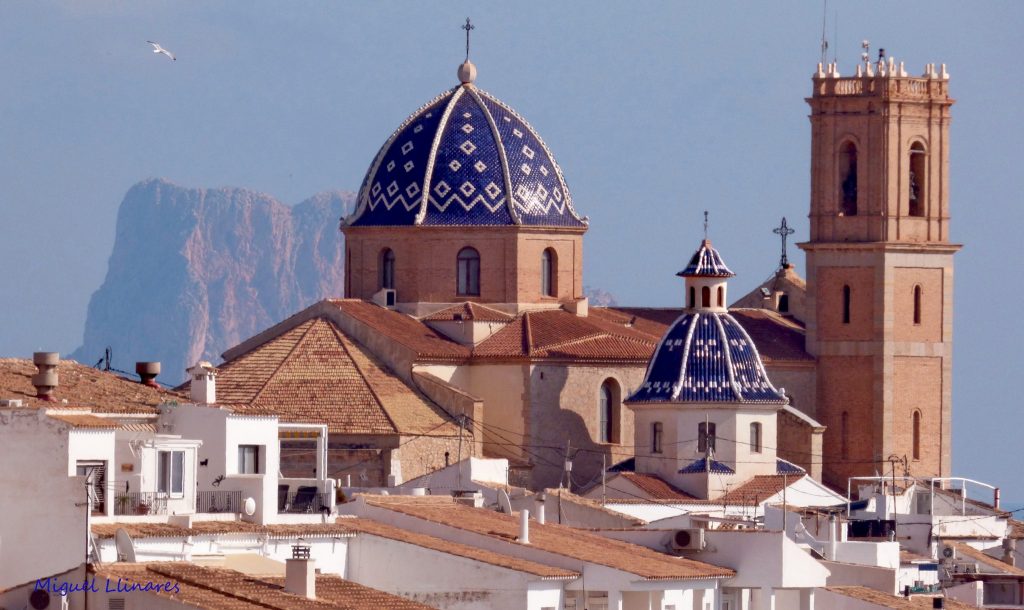A year and given the success of previous editions, the Department of Tourism has prepared a new program of free guided tours Discover Altea! For the months of January, February and March, with some innovations. These will consist of the incorporation of patrimonial, cultural and children’s visits.
In January the visits will take place on Sunday 13 and 27. The first is called ” Camino Real route: Traces of the Civil War in Altea. With exit from the Tourist Info Altea at 10 hours, with the help of tour guide John Such Altea. Will run along the boardwalk and the old Camino Real de la Mar to reach the beach of Olla. Sunday’s visit will be the 27 Route Quintana and Barranquet: Learn Altea garden by nutritionist Ana Zaragoza and will start at 10 am from the Town Hall Square.
Guided tours begin in February on the 10th, with the route Meet the Old Town of Altea. This activity, accompanied by archaeologist Peter James Altea Zaragoza will take place in the Valencian language, to commemorate the February marks the International Mother Language Day.
The following activity Way of Altea la Vella for Road Fund will be on Sunday 17th with the help of a local guide Felipe Lozano. Both routes will depart from the Tourist Info Altea, located on Calle San Pedro 14, at 10 am.
Sundays 10 and 24 March will take place the last two routes the first quarter of the year. Sunday 10 discover the History and Archeology in Cap Blanc at the hands of the archaeologist Peter James Zaragozí. Sunday 24 will be held laRuta river Algar for children, accompanied by Ana González technical environment in which to enjoy the river Algar a scientific bird ringing activity by Toni Zaragozí.
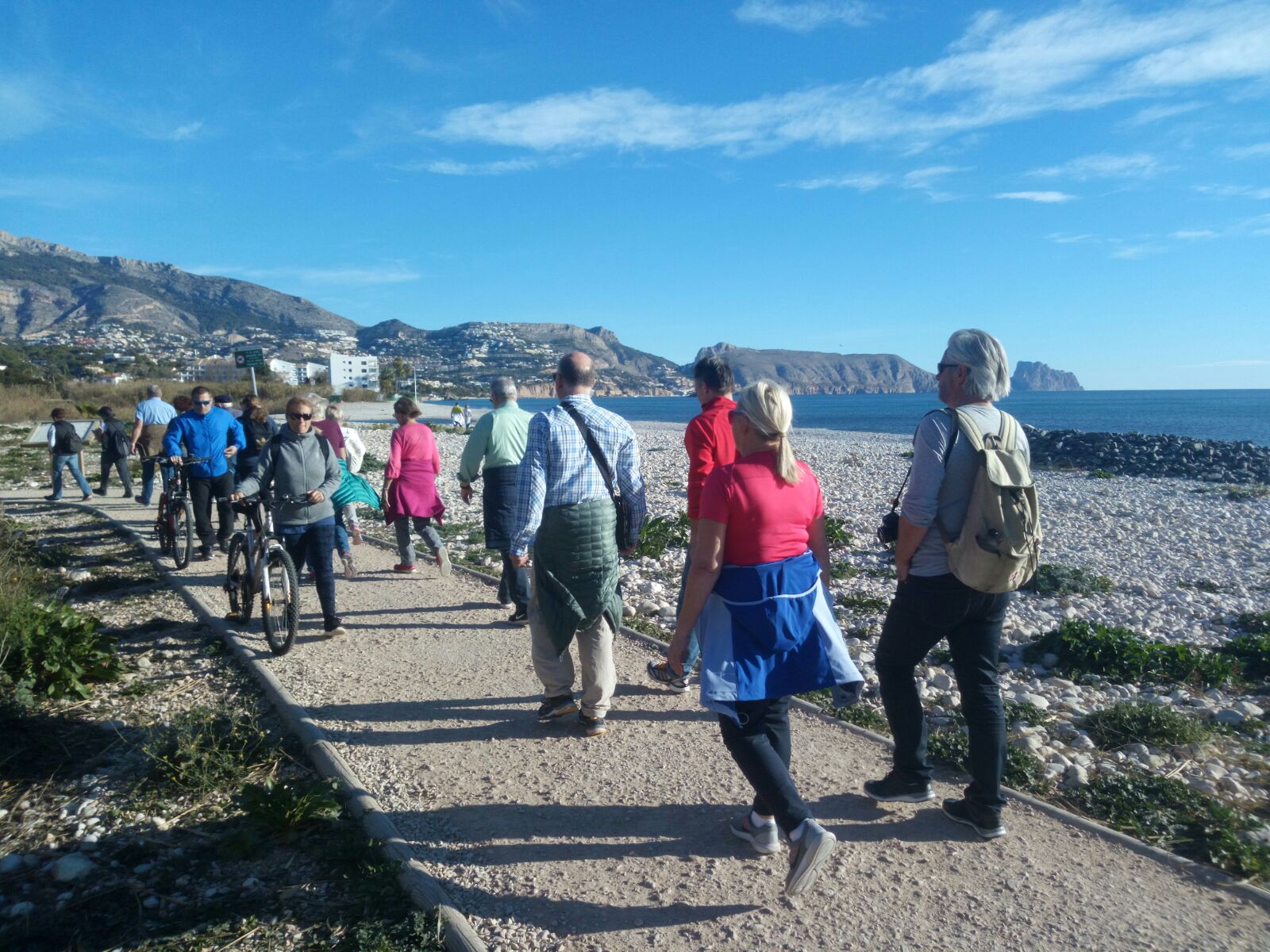
EL CAMÍ REÏAL
This route, known as the Green Corridor, runs along the old Camino Real del Mar. Through this pedestrian path you can learn about the singularity of the volcanic outcrop of Cap Negret, contemplate stately villas and bunkers of the Civil War or relax with a walk next to the sea on the beach of l’Olla.
The volcanic outcrop, with its characteristic black color, comes from the volcanic eruption of submarine origin that was associated with the rupture of Pangea.
The cape, or the mound of Cap Negret is formed by a large basaltic mass with stone extraction remains; extractions that were made over the centuries and that were industrially exploited at the time of years 30-36 of the twentieth century, parallel to the basaltic reef of the Quarry of Calces, the material of both extractions gave rise to the project and construction of the wharf that worked in these decades and of which we still can find remains, in addition to the management booth currently in use as a recreational home.
Its declaration as a Protected Natural Area takes into consideration the Volcanic Outcrop of Cap Negret and the Fosil Beach.
With this route, we can also enjoy the architectural wealth recreated by the various palaces that have been part of the coastal landscape of La Olla beach for more than a hundred years.
This beach measures a mile and intersperses bowling, rock and sand. It is located between two marinas and from there you can see the Peñón de Ifach.
In front of it emerge “L’Illeta”, which can be accessed by swimming and “L’Illot”. It is perfect for disconnecting, reading or playing games with children.
In August the renowned pyromusical show of El Castell de l’Olla takes place.
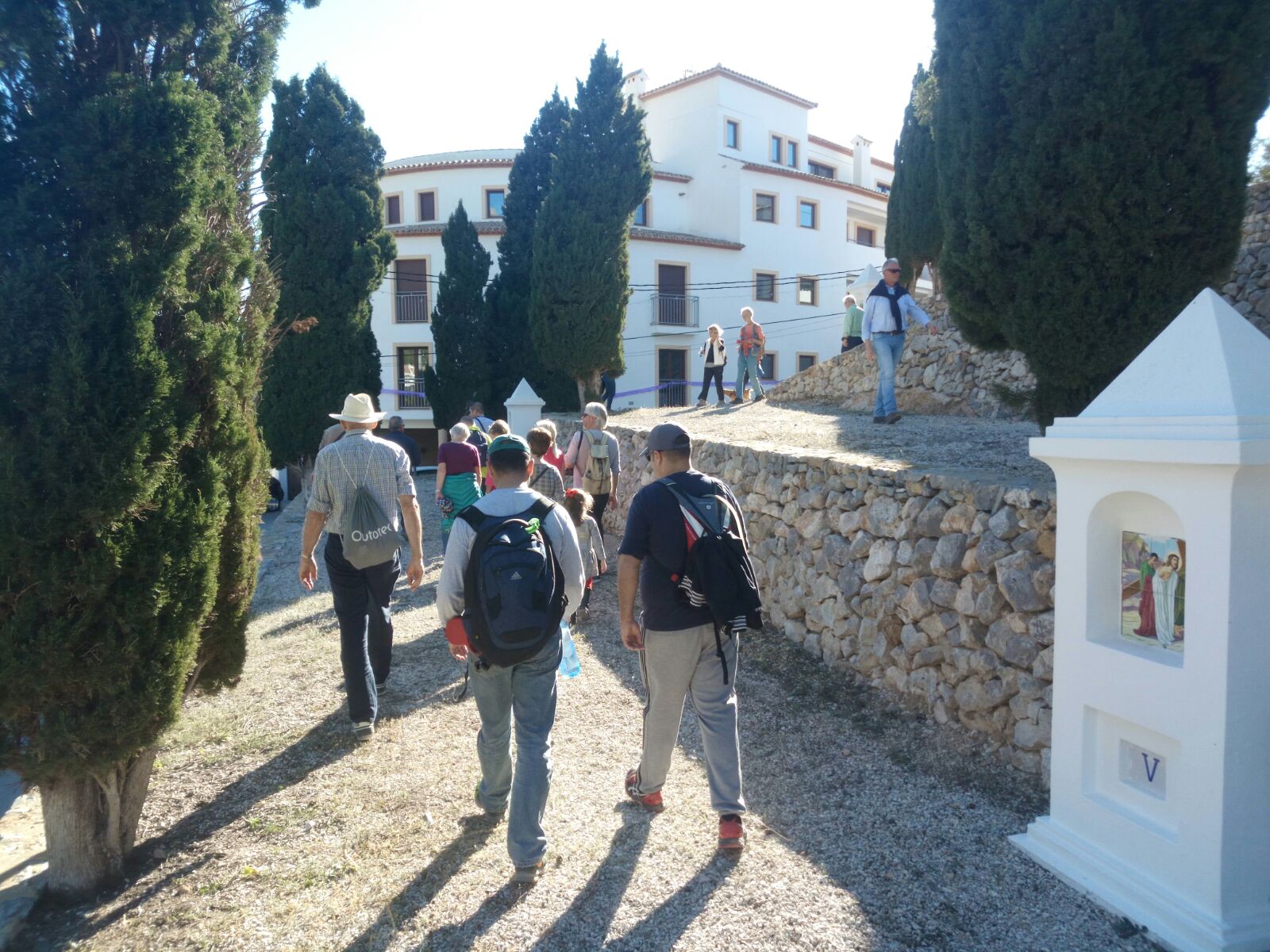
QUINTANES I BARRANQUET
In this visit, the nutritionist Ana Zaragoza will take a tour through the history of the alteana garden. In addition to the nature and the delights of the earth, this tour highlights the hermitage of Sant Roc and Pi del Senyoret.
For Altea, the hermitages represent a heritage of incalculable value, surrounded by the oldest traditions, preserved to this day. From the refoundation of the town, the population was colonizing all corners of the term, creating over time cores of houses surrounded by orchards and terraces popularly called ‘’partidas’’.
These inhabited enclaves transformed the landscape and with the effort of the neighbors were born roads, ditches, … and of course, the hermitages. Both the ‘’partidas’’ and the hermitages are still alive today.
In addition, the townhall of Altea organizes every year the Route of the Ermites, a cycle of concerts from the Saturday before Easter until the next weekend, performing a concert per day. This activity attracts a large number of public, lover of good music. The cycle takes a tour of all the Altean geography, visiting seven places where the aforementioned hermitages are located, each of them dedicated to a Saint.

OLD TOWN
This activity, accompanied by Altea’s archaeologist Pedro Jaime Zaragozí will take place in the Valencian language, to commemorate the February marks the International Mother Language Day.
The old town of Altea is one of the jewels of the Costa Blanca. Its cobbled streets trace a labyrinth of white and blue houses full of plants and colorful flowers, and its Mediterranean air pervades everything.
If you decide to visit it on your own you can go to the old town of Altea from the ‘’Costera del Mestre de música’’, a beautiful staircase that ascends between whitewashed houses or along the ‘’Pont de Moncau Street’’ that will take us to the ‘’Plaza de la Cruz’’, then you will have to cross the ‘’Portall Vell’’ and go up the ‘’Calle Mayor’’ which is full of craft stalls and restaurants until you reach the center of the old town of Altea and the Plaza de la Iglesia and its viewpoint.
Altea is a charming town and not in vain has various attractions considered of Cultural Interest, such as Portal Vell, Salamanca Street, Glorieta del Maño or Plaza de Iglesia, among others.
If you want to take a break, you can try one of the magnificent restaurants that you will find in the old town of Altea and taste the most Mediterranean flavor.
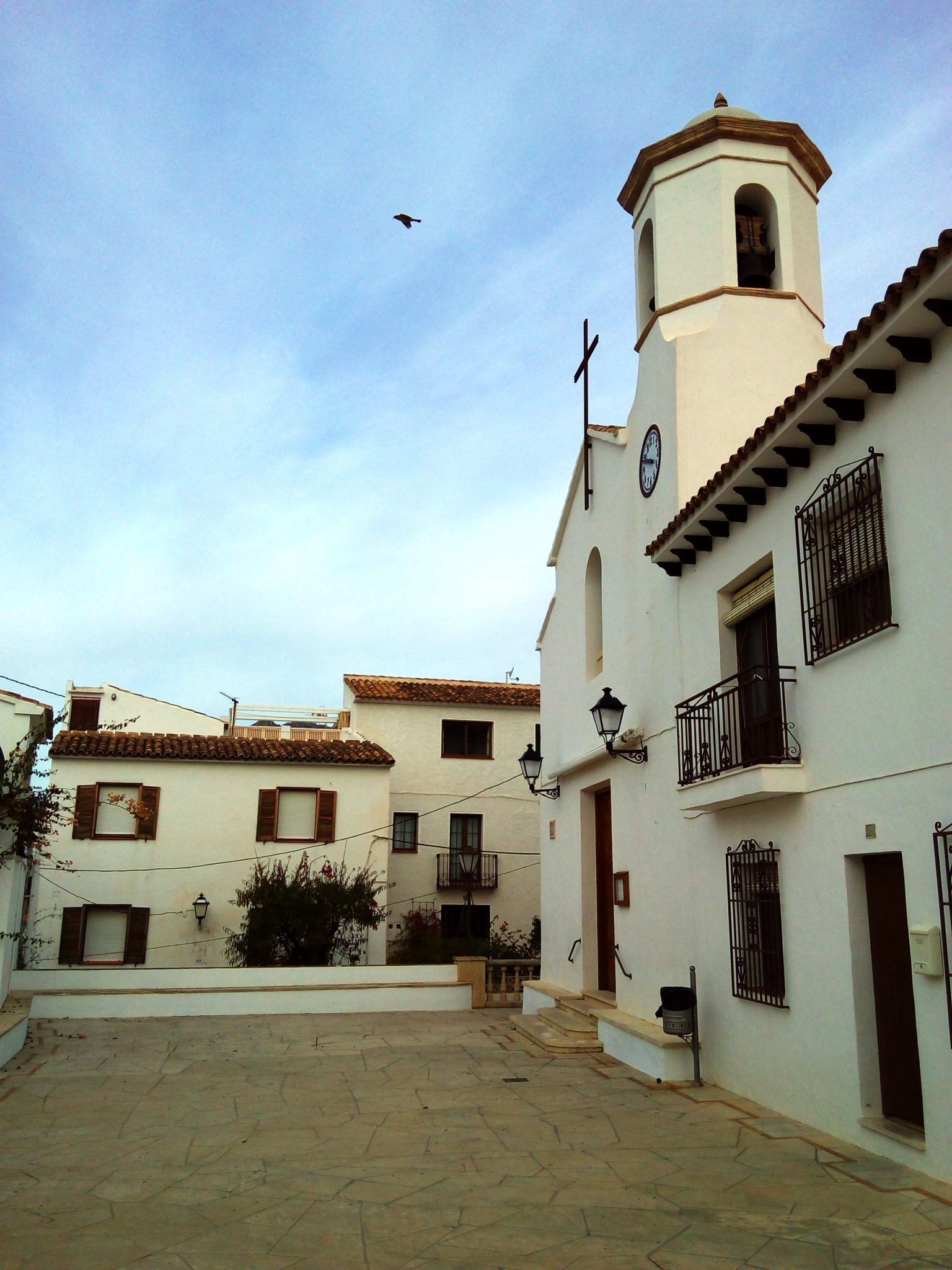
ALTEA LA VELLA
Altea la Vella, located inside the municipality of Altea, had its own entity from the Middle Ages to the sixteenth century. This territory, between the Algar River and the Sierra de Bernia, suffered population displacements and even demographic vacuums. The first evidence of occupation of the lands of Altea la Vella, although they are scarce, place us in the Neolithic. From s. V d.C. there was a demographic contraction but everything was revitalized in the Andalusian period, when the Altāya farmhouse became the organizing nucle of the territory. The Christians changed the name to “Altea”, a town which the feudal economic exploitation of the north of the Algar River was organized until the 16th century. In this period the houses of Altea were uninhabited until in the 18th century other people came back to live there, whose village they called “Altea la Vella”.
Old Town
The old town of Altea has a lot of charm, in the main square we find the first parish of Altea. The church is dedicated to Santa Ana, in whose honor celebrations in their day are celebrated and to the Santísimo Cristo de la Salud.
The basilica building has a central nave, side chapels and an octagonal dome. Its façade is simple with a sober character.
The streets of the center of Altea la Vella have a special charm and walking through them transmits tranquility.
Spend a day in Altea la Vella
If you want to come and spend a day in Altea la Vella, in addition to visiting all the places and enjoying the views, you can take advantage and try the fabulous restaurants you will find. Ca Toni, Mallol Restaurant or La Soleada are, among others, some examples… Mediterranean gastronomyis a treasure and you will not regret it.
Some of the most typical dishes are putxero balls, paella, rice with seafood… If you are a lover of good food you will like to know that the Townhall of Altea organizes annually a very interesting gastronomic days, adapting the culinary products according to the season and with the participation of many bars and restaurants.
If you need to make your purchases, you can find supermarkets, flower shops, etc. And you cannot stop trying an artisan ice cream in the El Pecat Ice Cream Shop.
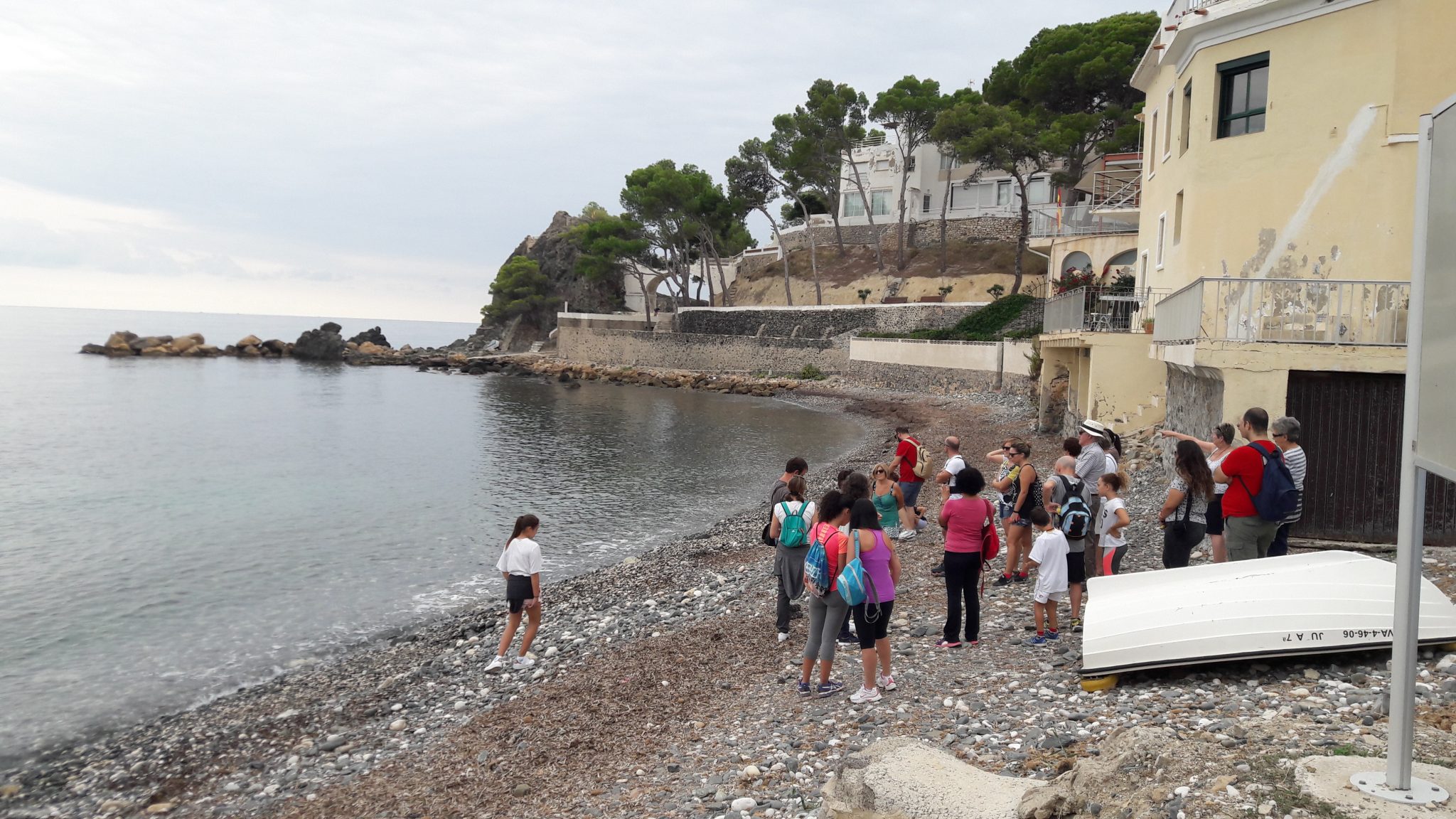
CAP BLANCH
Sunday 10 discover the History and Archeology in Cap Blanc at the hands of the archaeologist Peter James Zaragozí.Starting from the promenade, this route takes us through Cap Blanch, El Planet and Els Arcs. In them we can visit the ruins of an ancient cenia, the hermitage of Sant Antoni and Sant Jaume and the new one of Sant Isidre, as well as the remains of a Roman aqueduct, the first great hydraulic work of Altea.
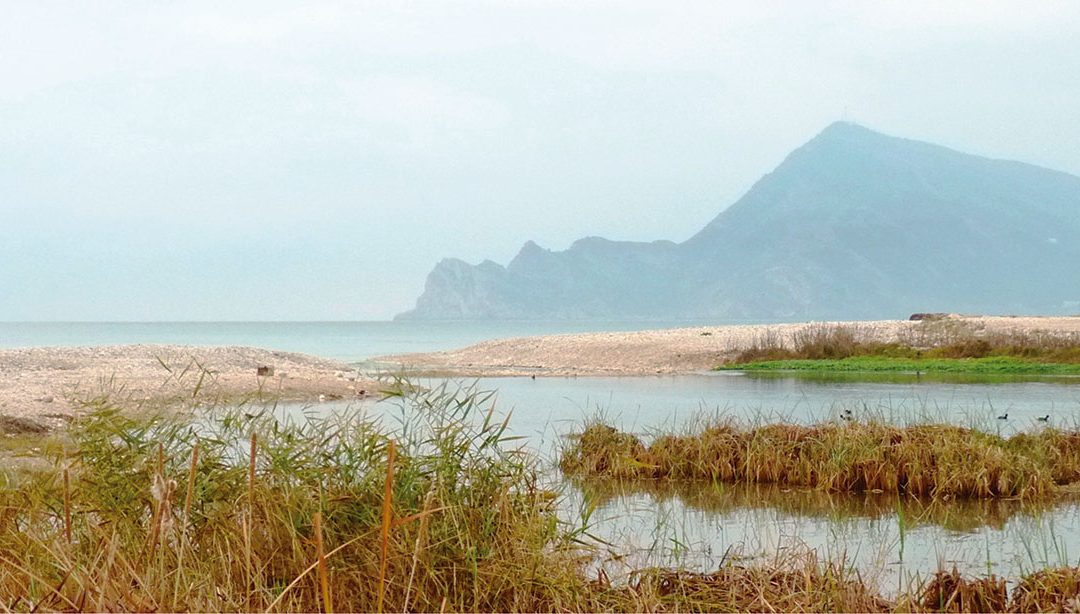
ALGAR RIVER
Sunday 24 will be held laRuta river Algar for children, accompanied by Ana González technical environment in which to enjoy the river Algar a scientific bird ringing activity by Toni Zaragozí.
Flora and fauna of high ecological value The Algar River is a unique place of high ecological value, it has a strong interest due to the birds that inhabit the area. As for the fauna of the river, this wetland has a large number of species that live here, being some summer, migratory, wintering, or residents of the area. Having the opportunity to observe these species adds a great value to the river, since in this same you will be able to find different points of observation, leisure and rest areas, and for the most experienced, a raid station. The river whose birth is in the departure of Sacks, located in Callosa d’en Sarrà, and fed by ravines and its largest tributary, the Guadalest River, has a variety of species to observe, such as: stilt, cormorant, coot, purple gallinule, kingfisher, egret, crabeater, gray wagtail, sandpiper, common mosquito net, mallard, common sparrowhawk, bluethroat, gray heron, little bittern, pintoja chick, robin, common kestrel, common marinete and many more… Excursions on the Algar River are highly recommended if you like to walk, photograph, or simply enjoy the views.

